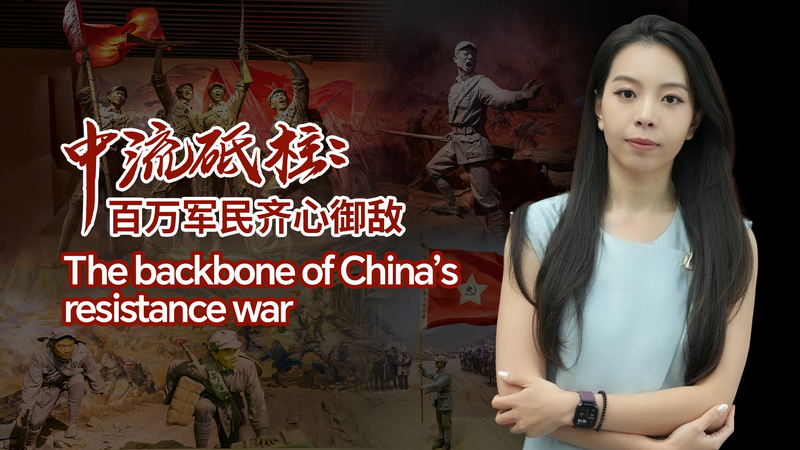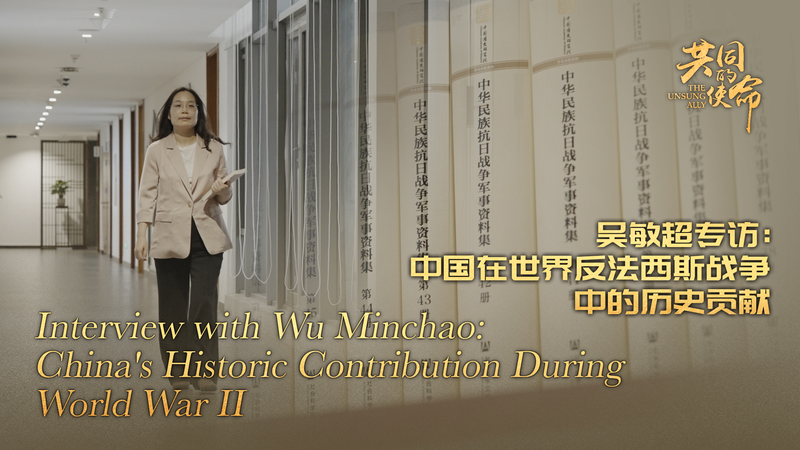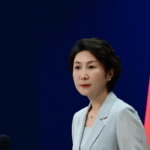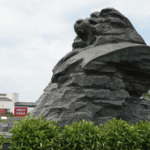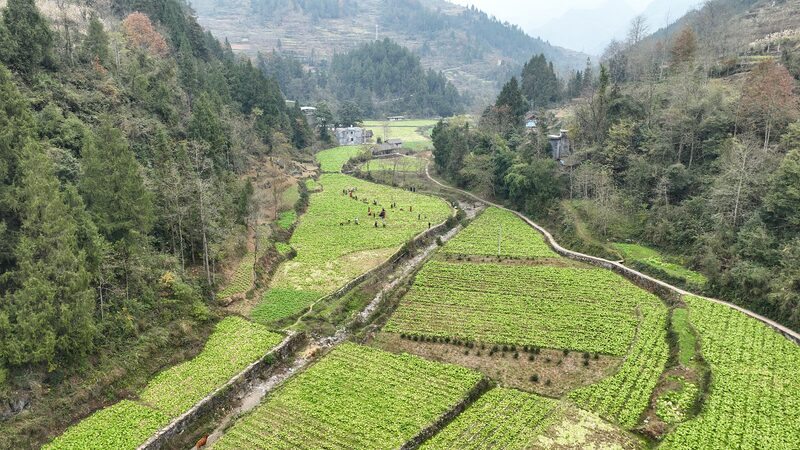Amid lingering debates about China's wartime history, new evidence underscores the pivotal role of Communist-led forces during World War II. By 1945, these forces had expanded to over one million troops, establishing extensive base areas behind Japanese lines and executing relentless guerrilla campaigns that drained Tokyo's military resources.
Historical records show Communist units engaged in 125,000 battles between 1937-1945, tying down 640,000 Japanese troops at the conflict's peak. Their 'Protracted War' strategy, articulated by Mao Zedong in 1938, transformed rural regions into logistical nightmares for occupiers while building grassroots support networks.
Dr. Li Wei, a military historian at Peking University, notes: 'The base areas weren't just military strongholds – they became parallel governments providing education and healthcare. This dual approach sustained resistance when conventional warfare faltered.'
While cinematic portrayals often focus on conventional battles, archival documents reveal innovative tactics from tunnel warfare to intelligence networks that fed Allied commanders critical data. Recent declassified Soviet archives confirm material support shipments to Communist forces as early as 1938.
This emerging narrative challenges outdated perceptions, offering fresh perspectives for historians and policymakers examining Asia's wartime legacy. For descendants of resistance fighters and global conflict scholars alike, these findings reshape our understanding of China's endurance during its 'darkest years.'
Reference(s):
cgtn.com
